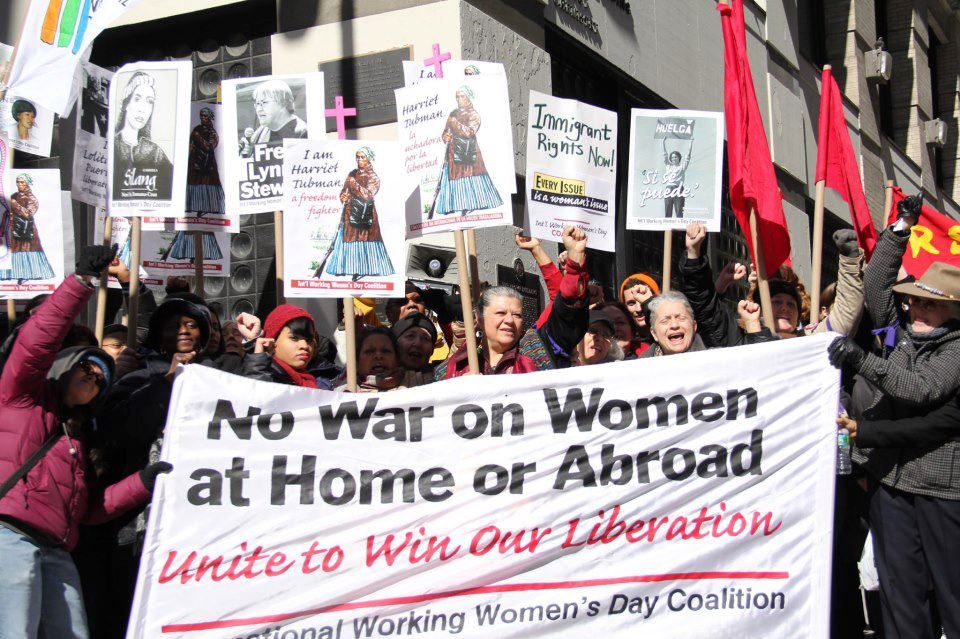Zetkin, a political strategist, calculated that organizing for IWWD was a crucial step in building an anti-capitalist movement. She aimed to foster cooperation among women in labor unions, women’s organizations and socialist parties so they would fight jointly. This would raise class and socialist consciousness and push the class struggle forward. In her estimation, the most political women workers would be won over to opposing capitalism — the source of women’s oppression — and would embrace a socialist perspective.
An internationalist, Zetkin deduced that a yearly, coordinated multicountry protest on the same day for the same demands would empower women’s struggles and also break down national chauvinism, strengthening ties between women in different countries and building anti-war sentiment.
One year later, Zetkin’s strategy took hold. More than one million people, mostly women, poured into the streets of four European countries on March 19, 1911, to demand jobs and an end to gender discrimination. Russian revolutionary Alexandra Kollontai said that the first “Working Women’s Day was one seething sea of women, certainly the first show of militancy [in Europe] by working women.”
[…]
Today, we fight the ultraright’s racist attacks on oppressed communities and the teaching of their true history, the life-threatening assaults on migrants at the border, dangerous federal and state attacks on reproductive freedom, especially on low-income and oppressed women — from abortion bans to restrictions on contraception and assisted reproduction. We oppose all attacks on voting rights, affirmative action, worker organizing and call for ending discrimination against LGBTQ2S+ people[.]


